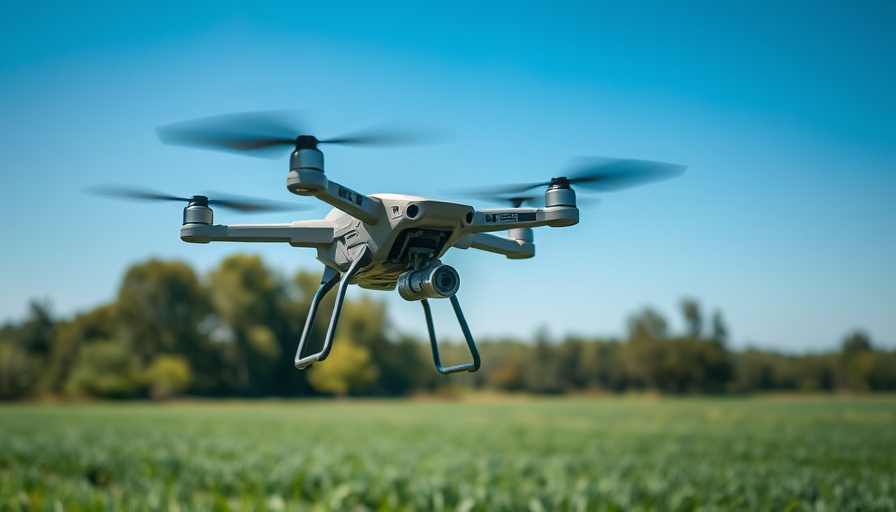
Revolutionizing Mosquito Control: The Rise of Drone Technology
In an innovative twist on pest control, drones have become a vital weapon in the battle against mosquitoes, especially in regions plagued by mosquito-borne diseases like malaria. Throughout the globe—from the vibrant landscapes of Ghana to the temperate streets of Poland—these buzzing machines are transforming the way communities combat this persistent health threat.
Empowering Communities with Technology
As mosquitoes continue to pose a significant risk, innovative solutions are needed more than ever. While traditional methods like bed nets offer some protection, an estimated 700,000 lives are still lost each year due to diseases carried by mosquitoes. This has led to a surge in drone technology, likened to a 'smart prevention' approach. In Kenya, for instance, SORA Technologies is employing drone-based systems that not only identify mosquito breeding sites but also dispense larvicides to control populations effectively.
Affordable and Accessible Solutions
Recent advances in drone technology have made these devices significantly cheaper—by around 20% since 2018—making them a more accessible option for communities in need. This shift in pricing means that controlling mosquito populations could soon be cheaper than malaria treatments themselves, offering a proactive instead of reactive approach to the ongoing crisis.
The Grassroots Effect: Building Trust in Technology
Successful implementation of drone technology goes beyond the mechanics of flight; it's about community engagement and trust. Yosuke Kaneko, co-founder of SORA Technologies, explains that local leaders and health ministries must be included in the training and deployment of these drones. Ensuring that communities embrace this technology is as crucial as the technology itself. Only with their trust can these innovative methods effectively reduce mosquito populations and prevent outbreaks.
Global Perspectives: Learning from Diverse Approaches
The adoption of drones in mosquito control showcases a distinct harmony between technology and traditional methods across various countries. For instance, in Wroclaw, Poland, the city has utilized drones for mosquito management for over 27 years. This long-term commitment includes regular monitoring of 300 sites, employing environmentally friendly larvicides to maintain a balanced ecosystem while protecting citizens from disease.
Looking Ahead: A Future Without Malaria?
As we reflect on the developments in mosquito control, the future looks promising. Experts like Dr. Peter Okeke see drone technology as a critical part of ending the cycle of malaria that has haunted communities for generations. With continued investment and support, there is hope that we may one day see a world where these preventable diseases no longer claim lives.
In summary, the integration of drone technology in mosquito control represents not just a leap forward in pest management, but also a collaborative step toward healthier communities globally. As these advanced tools become commonplace, the foundation is laid for a brighter future in public health.
 Add Row
Add Row  Add
Add 




Write A Comment